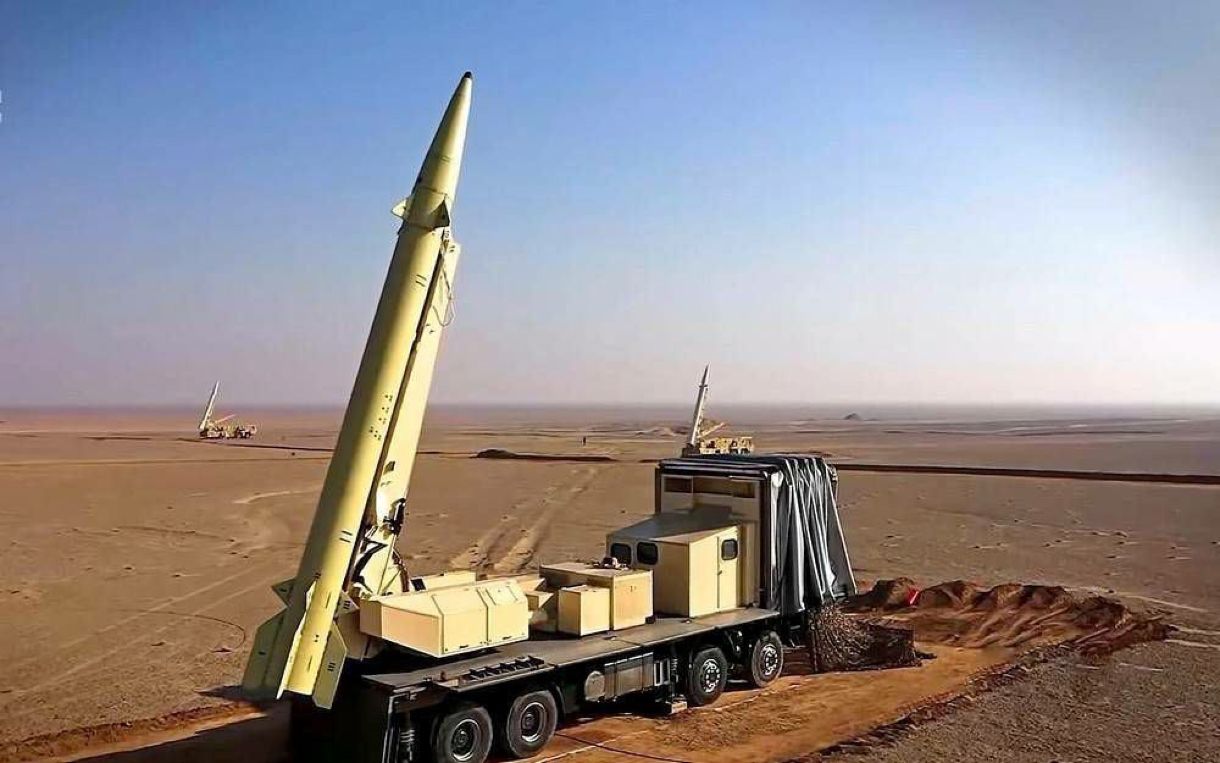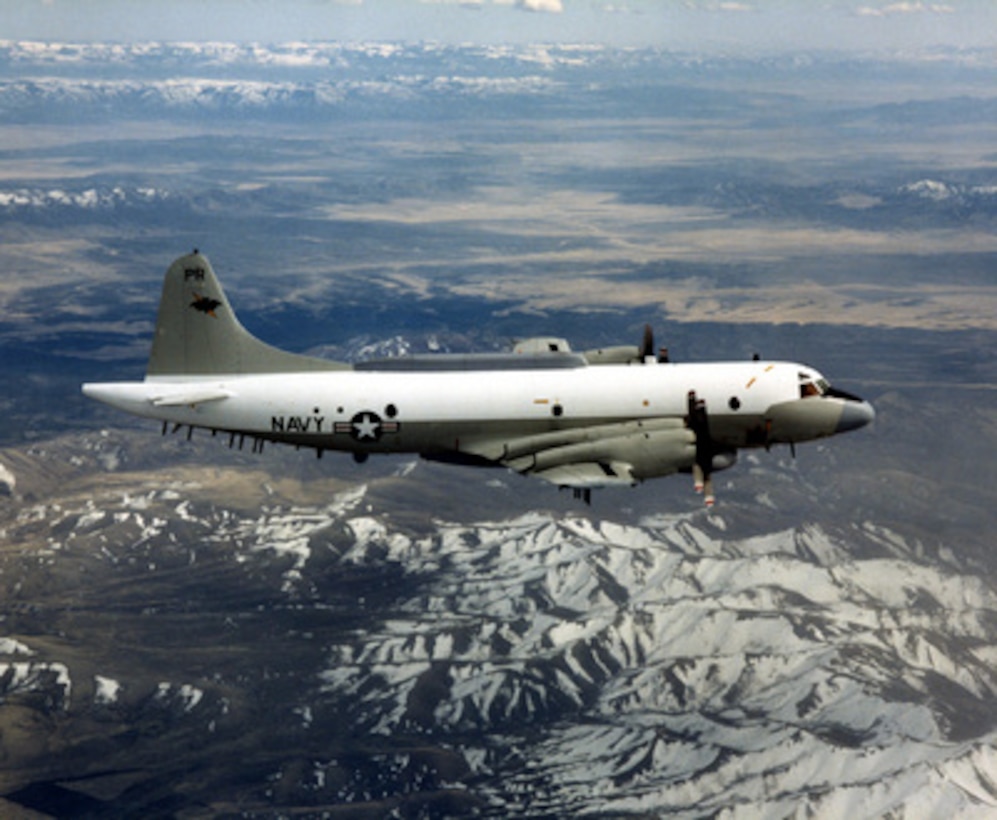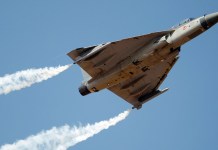On April 2, Iranian media reported that the nation’s naval forces had warned a US Navy surveillance plane from breaching Iranian airspace over the Sea of Oman.
Tasnim, Iran’s semi-official news agency, alleged that an EP-3E aircraft belonging to the United States Navy was about to violate the Iranian airspace over the Sea of Oman when Iranian naval forces intervened and warned the intruding aircraft.
The article did not provide any additional details about the type of warning given by Iranian naval forces; however, it did mention that the American aircraft ultimately relented and returned to international airspace.
The United States Central Command, which oversees all military operations in the Middle East, has not released any official statement regarding the incident.
Iran and the United States have had previous confrontations over aircraft violating Iranian airspace. For instance, in 2019, Iranian forces shot down a US Navy RQ-4A Global Hawk High-Altitude, Long, Endurance (HALE) drone using a surface-to-air missile over the Strait of Hormuz.
In December 2011, Iran claimed to have shot down a US stealth drone, the RQ-170 Sentinel, which it said had violated its airspace.
The latest incident occurred when tensions between Iran and the US are at an all-time high. Iran is facing severe criticism from the international community for reportedly providing lethal drones to support Russia’s invasion of Ukraine.
The United States has imposed severe sanctions on Iran that specifically target the Iranian drone industry. The US government believes that these drones have been used to attack civilian infrastructure in Ukraine in the ongoing war.
Iran has acknowledged that it sent drones to Russia, but it claims it did so before Russian tanks crossed the Ukrainian border in February 2022.

Iran Hits US Bases
Tensions between Washington and Tehran significantly escalated after intelligence officials informed that an Iranian suicide drone had struck a US military base in Syria.
In response to the drone strike on a coalition base that resulted in the death of an American contractor, the US military launched a series of targeted airstrikes in Syria last month, reportedly killing eight Iranians.
Iran has repeatedly stated its intentions to expel the United States from the region, encompassing Iraq, Syria, and the Persian Gulf region.
In recent months, the US and British navies have intercepted multiple un-flagged vessels in the Gulf of Oman and the Arabian Sea. These vessels were reportedly carrying weapons for Houthi rebels in Yemen.
EP-3E Aries II
The EP-3E Aries II is a surveillance aircraft used by the US Navy for intelligence gathering and reconnaissance missions. It is equipped with a range of advanced sensors, cameras, and communications equipment, which allow it to gather intelligence from a distance.
The EP-3E ARIES II is a valuable asset for the US military, providing real-time electronic reconnaissance capabilities for a range of missions such as targeting, suppression of enemy air defenses, and strike sorties.
The EP-3E is equipped with advanced receivers and antennas to detect and analyze communication and radar signals from deep within enemy territory, providing critical information for military operations.
The EP-3E ARIES II is built on the P-3 Orion airframe. The EP-3E has a range of over 3000 nautical miles and can remain in flight for more than 12 hours.
However, it has a maximum altitude limit of 27,000 feet, which is lower than the Air Force RC-135s, thus limiting its target coverage capabilities. The aircraft is powered by four Allison T56-A-14 turboprop engines.

According to the US Navy, “The crew fuses the collected intelligence along with off-board data and disseminates the collaborated information for direct threat warning, indications and warnings, information dominance, battle space situational awareness, suppression of enemy air defenses, destruction of enemy air-defense, anti-air warfare and anti-submarine warfare applications.”
In April 2001, a US Navy EP-3E Aries II surveillance aircraft was involved in a mid-air collision with a Chinese J-8II fighter jet. The incident occurred in international airspace over the South China Sea and resulted in the death of the Chinese pilot and the emergency landing of the EP-3E on China’s Hainan Island.
The 24 crew members of the EP-3E were detained by Chinese authorities for 11 days and subjected to intense interrogation and propaganda efforts by the Chinese government. The incident sparked a diplomatic crisis between the United States and China and highlighted tensions over US surveillance operations near China’s borders.
- Contact the author at ashishmichel(at)gmail.com
- Follow EurAsian Times on Google News




